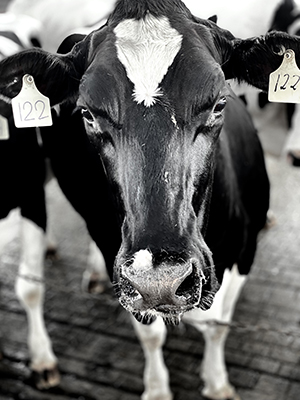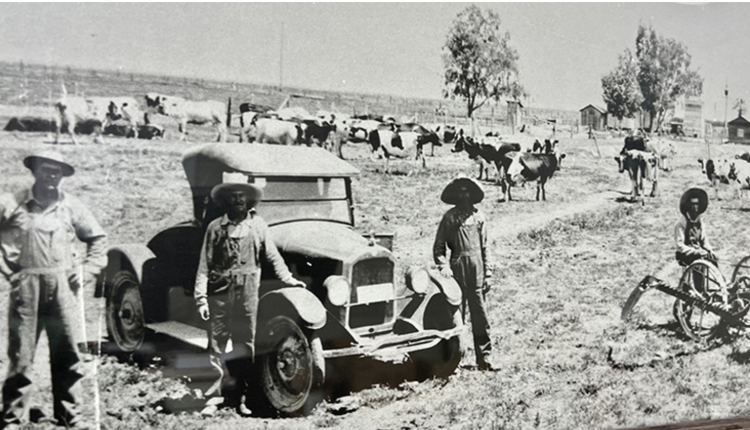
Let’s first start with the pressures from a farm’s buyer, whether it be a cooperative or not. As market pressures continue to rise for them, so does the pressure for the average dairy, but where is the benefit for the dairy producer?
We need to move past hypotheticals. There is much talk about feed additives that would reduce enteric methane from cows (methane produced by burps), but how proven is the science? We all know this has a direct correlation to milk production and reproduction. It has been stated that if dairies feed an additive that would reduce enteric methane, there may be a pay schedule available on the cap-and-trade market. However, these additives have to be balanced with cost, pay schedules for the carbon credits, the margin between the two, and the long-term health effects on cows.
Interestingly, these concerns do not plague those who do not care for cows. The most important thing to them is that they can boast a “net zero” sticker on their product. As of right now, I have heard of no premiums from any milk buyers for “net zero” milk. The response is always, “If you want to stay in the market, this is what you are going to have to do.” It seems like a bit of a stiff arm - telling the dairy producers once again to take the risk and do the work for them.
In California, dairies all over have been forced to commit to reducing manure methane through already proven methods that have a measurable result. Now, enteric-based theory has entered the market. Maybe this is where I am getting hung up on the whole concept. I personally cannot get over how to measure cow burps on a dairy, how to guarantee enteric reductions will be profitable and not harmful to the animals, and how dairy producers will be protected if any of these variables are realized on farm.
I believe that progression is the key for success in any business, and the net zero plans may be the next best thing. However, before we put the proverbial cart before the horse, let’s make sure the ones taking the risk are protected first.

Tyler Ribeiro is a fourth-generation dairy farmer born and raised in California. He is currently partners with his father at Rib-Arrow Dairy in Tulare where they proudly ship their milk to Land O’Lakes. Tyler is actively involved in the dairy industry, holding leadership roles in various organizations locally and across the United States.








